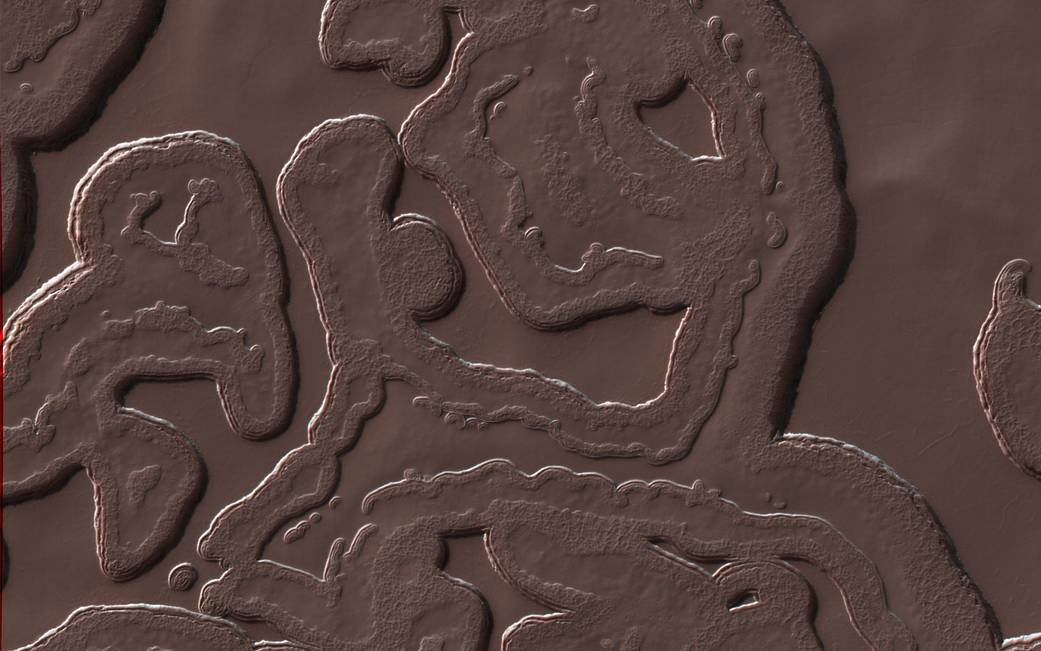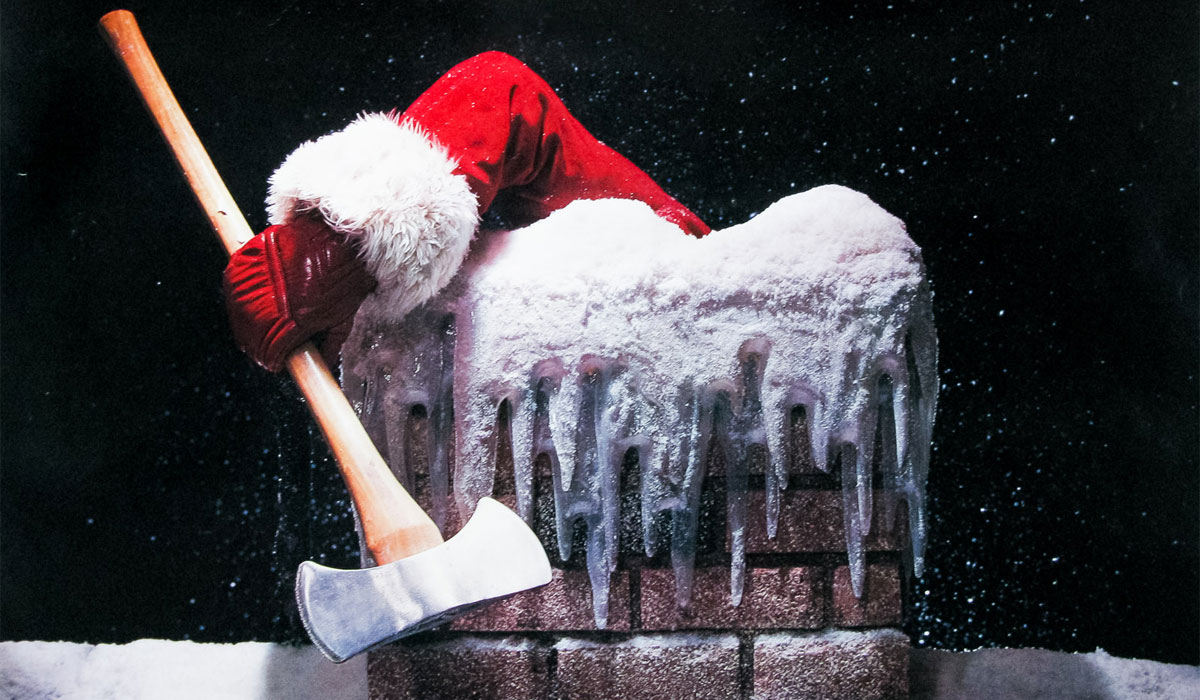Mars Is a Chocolate Bar: NASA Image of the Day
In absolutely stunning news the folks at the Jet Propulsion Laboratory have discovered that the surface of Mars is actually a giant candy bar – chocolate to be precise. Deep, flowing oceans of creamy milk chocolate swirl between vast chunks of solid chocolate smoothed into rounded edges over a millennia of churning goodness. It is speculated that deep beneath the chocolate (dubbed Olympus Mounds by researchers) lies a foundation of crunchy cookie and a subterranean river of gooey caramel. Scientists have long speculated on the confectionary make-up of the fourth planet often referring to Earth’s neighbor as the “Mars Bar” and repeatedly saying they’d like to sink their teeth into its exploration.
This discovery has been greeted with excitement and jubilation by the general public, an enthusiasm not seen since the great “Green Cheese” Moon discovery in 1924. It has renewed interest for a manned mission to the fourth planet and has the public hungry for more!
Wait, this just in…everything I just said is apparently wrong and blatantly false. One researcher at NASA has called the reporting downright stupid and has questioned this reporter’s credibility and made disparaging remarks about his parentage. Another seems to think this reporter is simply hungry and just needs a snack.
The real story is here:
The Coolest Landscape on Mars (or Earth)
Many Martian landscapes contain features that are familiar to ones we find on Earth, like river valleys, cliffs, glaciers and volcanos.
However, Mars has an exotic side too, with landscapes that are alien to Earthlings. This image shows one of these exotic locales at the South Pole. The polar cap is made from carbon dioxide (dry ice), which does not occur naturally on the Earth. The circular pits are holes in this dry ice layer that expand by a few meters each Martian year.
New dry ice is constantly being added to this landscape by freezing directly out of the carbon dioxide atmosphere or falling as snow. Freezing out the atmosphere like this limits how cold the surface can get to the frost point at -130 degrees Celsius (-200 F). Nowhere on Mars can ever get any colder this, making this this coolest landscape on Earth and Mars combined.
This is a stereo pair with ESP_047237_0930.
The University of Arizona, Tucson, operates HiRISE, which was built by Ball Aerospace & Technologies Corp., Boulder, Colo. NASA’s Jet Propulsion Laboratory, a division of Caltech in Pasadena, California, manages the Mars Reconnaissance Orbiter Project for NASA’s Science Mission Directorate, Washington.
Courtesy of NASA | Image Credit: NASA/JPL-Caltech/Univ. of Arizona












Likhon chowdhury says:
Conor says:
Andy Garcia says: